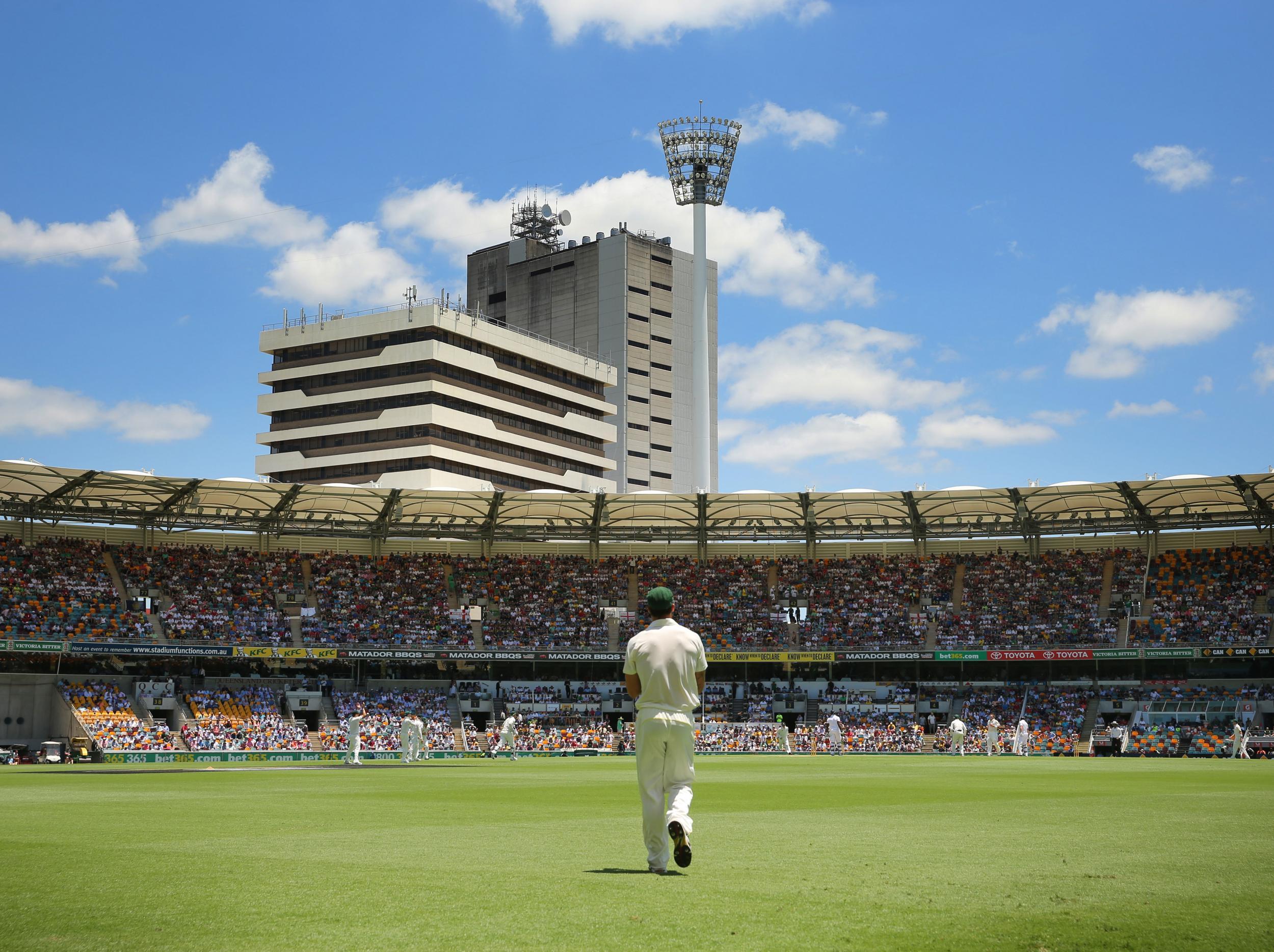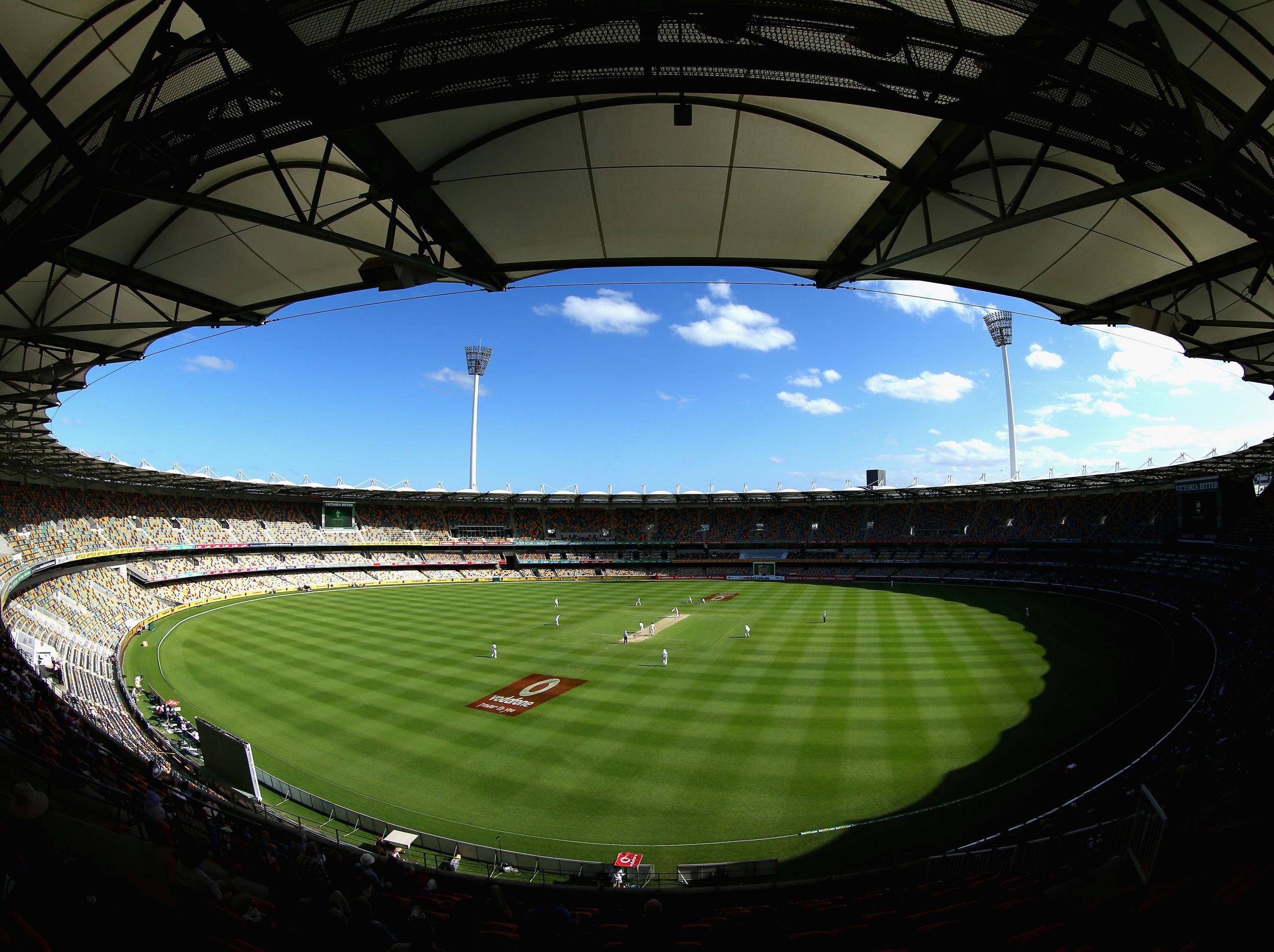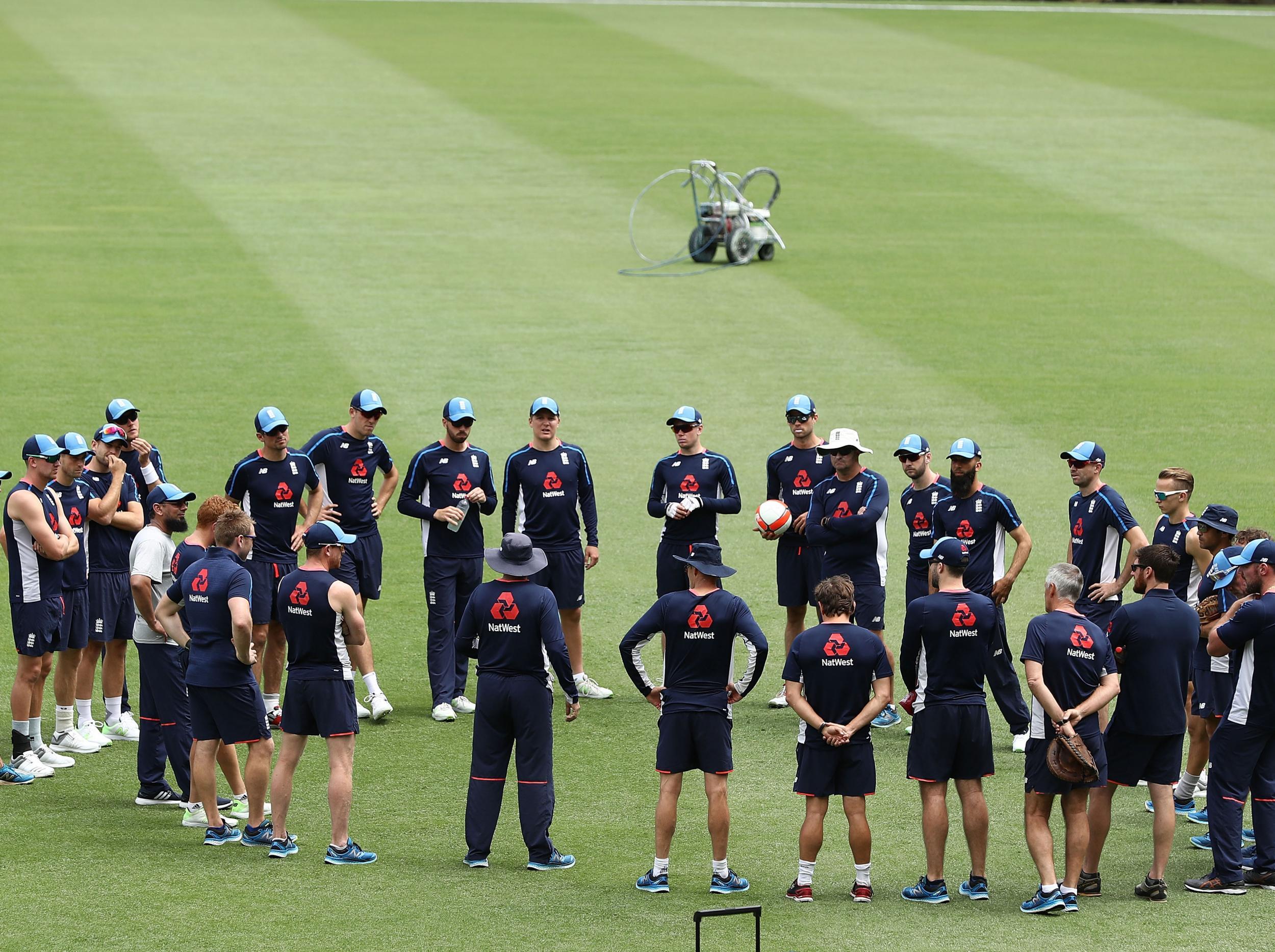Ashes 2017: Welcome to the Gabbatoir, Australia's fortress where English hearts are habitually broken
The hosts have not lost in Brisbane since 1988 and yet England’s discomfiture at the home of Australian cricket dates back well beyond that

Brisbane, February 1933. A heatwave so intense the metal girders at the Gabba are on the verge of melting. Eddie Paynter, the Lancashire batsman, is lying in a hospital bed with tonsillitis and a temperature of 102F. Doctors have told him he will take no further part in the Test match. But the wireless is on. And Paynter can hear that his team-mates are struggling.
So, against all the available medical advice, he gets up, discharges himself, sneaks into a taxi, orders it to the ground, makes an obdurate 24 not out, and returns to hospital after the close of play. The following day he goes on to make 83. England take the match, and with it The Ashes.
All of which should serve as a reminder of Brisbane’s unique capacity to induce English madness, whether it is Paynter striding out of hospital in his pyjamas and dressing gown, or Nasser Hussain putting Australia in to bat in 2002-03. There is something about the heat and the stillness, the concrete starkness of Vulture Street and its surroundings, the baying and the hooting of a Queensland crowd, that can make an English cricketer feel very far from home indeed.
This is, after all, Australia’s fortress, where they have not lost since 1988, and yet England’s discomfiture dates back well beyond that. There was the famous trial against Dennis Lillee and Jeff Thomson in 1974-75, which Dennis Amiss described as the most frightening spell of fast bowling he had ever seen. There was 1970-71, when the Gabba groundstaff cost England a shot at victory by “accidentally” tipping the covers over and allowing rainwater to spill onto the playing surface.
There was 1946-47, the first post-war Test, when Don Bradman, having refused to walk after being caught in the gully early in his innings, helped Australia to a mammoth 645. As they piled on the runs, a despairing England captain Len Hutton confided to wicket-keeper Godfrey Evans: “Godfrey, I think we will have to get them in run-outs.”
Yet if Paynter’s story teaches us anything, it is that Brisbane’s unique hostility can also provide the canvas for a very particular sort of English heroism. England’s last victory here came in 1986-87 courtesy of Ian Botham’s last great Test innings, a brilliant 138 that got his side out of trouble and paved the way for an unlikely Ashes triumph. Seven years ago, meanwhile, Alastair Cook played a stunning rearguard of 235, an innings of which even he had barely considered himself capable. England came away with a draw that felt like a victory, and the tone for a famous tour was set.

These have, however, been very much the exception. From Hussain’s fatal insertion to Steve Harmison’s first ball to second slip in 2006-07, to Mitchell Johnson’s one-man bulldozer in 2013-14, England have come apart at Brisbane more often than not in recent years. It is, in its own way, the most Australian of grounds, its every detail designed to alienate.
The greyhound track no longer runs along the boundary edge, and the grandstands are no longer as stark and unkempt as they were a few decades back, but the sense of estrangement - and confinement - remains. The dressing rooms are beneath playing level, and so when a new batsman enters the field he does so uphill, into a cauldron of noise and heat. The playing area itself is compact and claustrophobic. “Standing on the boundary,” Dawid Malan observed earlier this week, “you’re almost in the crowd.” And it is not a crowd that tends to be shy of an opinion.

Then there is the surface: quick and juicy, high in clay content and therefore conducive to the express pace bowlers that Australia seem to produce in much more abundant quantities than England. Groundsman Kevin Mitchell jnr has prepared every Test strip since 1989, and has promised a traditional Brisbane wicket: tinged with green, offering superior bounce and carry. Australia are yet to lose a Test with Mitchell as head groundsman. Visiting sides will be delighted to learn that he is retiring after this match.
Yet the future of the Gabba is not quite as secure as one would expect. The thirst for cricket is still high in this part of the world, with the first three days sold out despite a rugby league World Cup semi-final also taking place in the city on Friday night. But the real issue is not so much that the Gabba is in decline, but that other venues have stolen a march.
The Adelaide Oval has invested millions into its redevelopment, turning itself into the de facto home of pink-ball Test cricket. January sees the opening of the new 60,000-seat Optus Stadium in Perth, which will replace the famous Waca as the main home of international cricket in Western Australia. Melbourne and Sydney, meanwhile, remain Melbourne and Sydney.

And so Brisbane is in danger of finding itself left behind in the stampede. The heat and humidity created by the bowl-like design may be exhausting for English bowlers, but it is no more pleasant for spectators. The demands of playing Aussie rules football on the ground in the winter, along with numerous concerts, is beginning to take its toll on the playing surface. Next summer sees four home Tests against India, and unless Brisbane can secure an increased chunk of government funding, it may end up missing out on the marquee series of the summer.
Of course, Brisbane still has one major factor in its favour: its aura. As long as Australia keep winning here, as long as it remains reliably popular with players, you feel its status as the traditional curtain-raiser of the Australian summer will be secure. If, however, England can claim a shock triumph this week, if they can conquer the sweltering heat, the sharp-tongued crowds and their own madness, then Australian cricket may feel the consequences in more ways than one.
Join our commenting forum
Join thought-provoking conversations, follow other Independent readers and see their replies
Comments